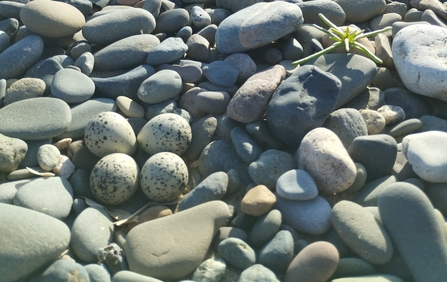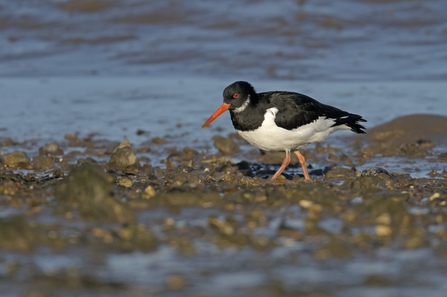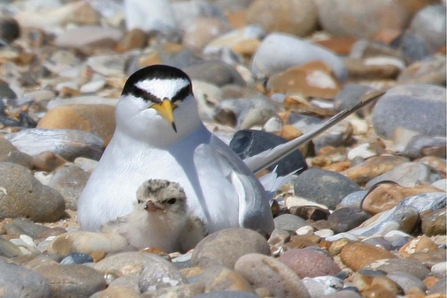Wildlife on the edge
South Walney is a beautiful nature reserve that I feel very lucky to be calling home this summer. It’s a home I share with a lot of amazing wildlife! Whether it’s intently scanning our shingle beaches for the nests of ringed plover and oystercatcher or counting the hundreds of eider duck that roost here at high tide or chatting to visitors, there’s plenty to keep me busy here.
I work for Cumbria Wildlife Trust, but my job is a part of Life On The Edge (LOTE), an EU-funded project led by the RPSB. LOTE is dedicated to understanding, monitoring and improving the quality of coastal habitats, with a particular focus on oystercatcher, ringed plover and little tern.
Engaging with visitors and reducing the impact of visitor disturbance on nesting birds is one of the most important parts of this. This can an include keeping people away from the most important nesting areas and strict rules on dogs.




